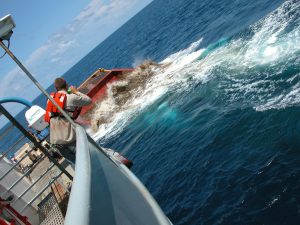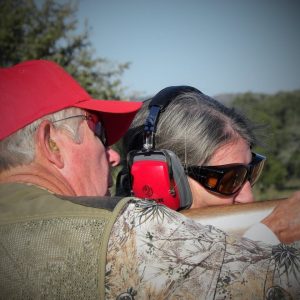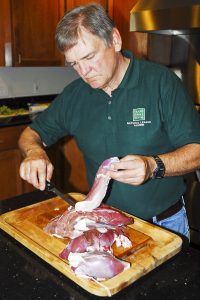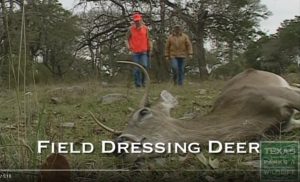Building Marine Habitat by Recycling a Ship
Friday, November 9th, 2018This is Passport to Texas
The Gulf of Mexico has a lot going for it, except for substrate—the hard material on which marine organism live and grow. That’s where this guy comes in.
[I’m] Dale Shivley; I’m the program leader for the artificial reef program for Texas Parks and Wildlife
Artificial reefs provide habitat for saltwater fish as well as destinations for underwater divers. About four years ago Shively and his crew were preparing to reef a 155 foot decommissioned freighter, called the Kinta, in 75 feet of water off the coast of Corpus Christi.
Basically, what we have is a huge piece of metal that will benefit the local environment. Marine organisms will begin to grow on it; fish will be attracted to it immediately; it’s been cleaned of environmental hazards and is ready to go. [ambience]
The ship has a new purpose on the gulf floor: nurturing marine life. Brooke Shipley-Lozano, a Scientist with the GIS Lab at Parks and Wildlife explains what happens when they reef a ship.
So, the water will start coming in at the stern. And then gradually the water will fill up the ballast tanks one by one from the stern to the fore, and the rear of the ship should hit the bottom, and then eventually the bow will follow suit, and it will land perfectly upright and everyone will celebrate…
See a video that features reefing the Kinta on the Texas Parks and Wildlife YouTube channel Find a link at passporttotexas.org.
The Sport Fish Restoration program supports our series.
For Texas Parks and Wildlife…I’m Cecilia Nasti.







 Passport to Texas is a
Passport to Texas is a  Passport to Texas is made available by:
Passport to Texas is made available by: